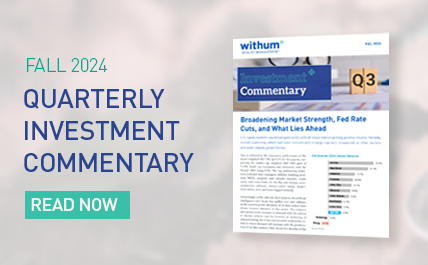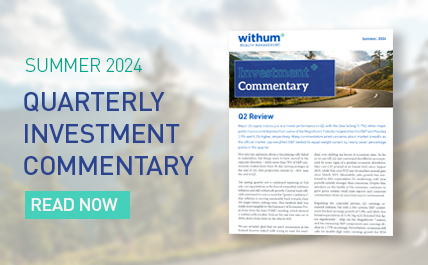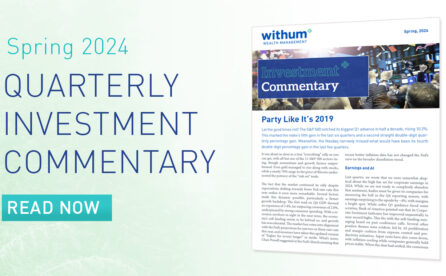
April employment numbers were low, but auto sales were near record levels, housing data continued to improve, and retail sales are moving ahead at a slow but steady pace.
GDP: Slowing down; still on track for 2- 2.5% growth in 2012
First-quarter real GDP growth slowed down to 2.2% from 3.0% in the fourth quarter last year. The number would have been much higher if government-defense and business-construction spending hadn’t fallen significantly. In perspective, the drop in GDP growth is not such bad news given all the offsetting factors, and Morningstar economists estimate that we seem to be on track for 2.0%–2.5% growth in 2012 and 2013.
Employment: Disappointing numbers, more bad months ahead?
April’s employment report was definitely bad news, with only 115,000 jobs added, a disappointingly low number when compared with the recovery high of 275,000 we saw back in January. If interpreted as a trend instead of as a number, this could mean more bad months ahead. However, weather, the auto industry, and seasonal factors can affect month-to-month employment data, making the bad news seem worse than it actually is. Examining the data year-over-year can strip out seasonality and eliminate month-to-month anomalies such as strikes or weather-related fluctuations. Year-over-year job growth has been steadily trending upward, from 0.8% in May 2011 to 1.6% in February 2012, then slightly down to 1.4% in April 2012.
Morningstar economists believe that, even though we shouldn’t expect high numbers like in January anymore, employment growth will continue and will vary greatly by sector. So far, the manufacturing sector has been performing above average, while government has been experiencing a sharp decline. When comparing current job growth numbers with the ones observed during past recoveries, it becomes apparent that things are a little worse this time around (1.4% employment growth on an annualized basis versus a 1.9% average for the recoveries from the 1982, 1990, and 2001 recessions). Government is the sector with the worst shortfall.
Auto Sector: Strong Sales Continue
In April, the auto industry experienced its second-best month of the recovery. Sales were not quite as strong as in February, but they were better than in any other month of the recovery since 2009. Strength in the auto sector was a main driver in the recovery, contributing 1.1% of the 2.2% increase in GDP during the first quarter of 2012.
Consumer Spending: Growing at a Faster Pace than Wage Income
Inflation-adjusted consumer spending only increased by 0.1% in March, following 0.3% and 0.5% increases in January and February, respectively. However, warm weather and the reduced use of utilities may have played a role in keeping the March number low. On the other hand, year-over-year employment data suggests wage income is up only modestly (maybe 0.5% to 1.0% after inflation), while consumption is growing faster (about 2% after inflation).
Housing: Has the market bottomed?
Improvement in this sector has been steady and dramatic, as demonstrated by the Case Shiller 20 City Index, the Federal Housing Finance Administration Report, and pending home sales numbers. With mortgage rates back down, affordability back at record levels, and inventories in several markets near historic lows, the prognosis for further improvement is excellent.
Looking ahead: Can the U.S. economy keep improving if the rest of the world slows down?
Can the U.S. economy keep improving if the rest of the world slows down? The Eurozone economy declined by 0.3% in the fourth quarter of 2011 and now appears poised to fall even faster in the first quarter. Inflation in Europe also seems to be on the rise, driven primarily by oil prices. As Europe is China’s largest trade partner, a European slowdown may not bode well for China’s economy. The U.S. derives less of its GDP from exports and a weakening in this area has so far been offset by a powerful auto industry, but the consensus is for the trade deficit to increase in the months ahead.
You should not assume that any discussion or information contained in the presented material(s) serves as the receipt of, or as a substitute for, personalized investment advice from PWM. To the extent that a reader has any questions regarding the applicability of any specific issue discussed above to his/her individual situation, he/she is encouraged to consult with the professional advisor of his/her choosing. ©2012 Morningstar, Inc. All Rights Reserved. The information contained herein (1) is intended solely for informational purposes; (2) is proprietary to Morningstar and/or the content providers; (3) is not warranted to be accurate, complete, or timely; and (4) does not constitute investment advice of any kind. Neither Morningstar nor the content providers are responsible for any damages or losses arising from any use of this information. Past performance is no guarantee of future results. “Morningstar” and the Morningstar logo are registered trademarks of Morningstar, Inc. Morningstar Market Commentary originally published by Robert Johnson, CFA, Director of Economic Analysis with Morningstar and has been modified for Morningstar Newsletter Builder.
♦ If You Like This Article, SHARE IT ♦
Help Us Spread The Word. Share This Article With Your Friends & Peers
↓ ↓ ↓ ↓


